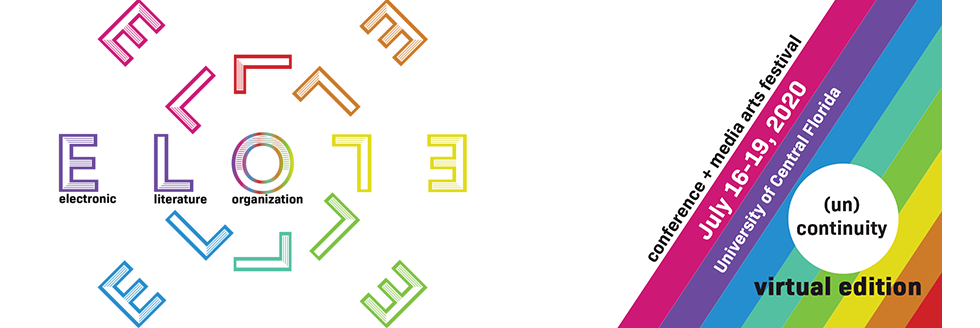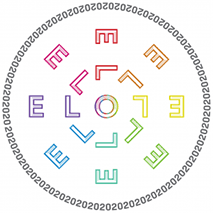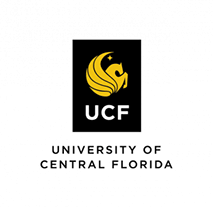Proposal Title
Submission Type
Conference Talk - Panel
Abstract
The creation of digital literature in Portuguese and Spanish has shown a constant engagement with fluidity and change. Whereas the topics developed in e-lit in Portuguese and Spanish have shown a continuum as manifested by the use of metaphors to represent popular culture, high culture and gender issues, the media used to express those concepts has shown (un)continuity by relying in new digital means that open up new possibilities of expression, representation and dissemination. The two papers in this panel explore how e-lit provides a new medium to present the myth of the labyrinth in digital poems that challenge our conceptions of reading and art and how e-lit in Spanish questions and resists the Anglo-American approach to feminism. Both presentations demonstrate the (un) continuity prevalent in e-lit in Portuguese and Spanish thus opening up a discourse that allows us to see literature and the topics presented in this panel in a new light.
De-centering Anglo-American E-lit
Apresentacao ELO_2020_editada_comprimidissima.m4v (141746 kB)
Watching the minotaur: a poetics of labyrinths in Andrei Thomaz’s visual digital poems
Included in
Digital Humanities Commons, Feminist, Gender, and Sexuality Studies Commons, Latin American Languages and Societies Commons, Reading and Language Commons, Spanish and Portuguese Language and Literature Commons
(Un) Continuity in e-Lit in Portuguese and Spanish
The creation of digital literature in Portuguese and Spanish has shown a constant engagement with fluidity and change. Whereas the topics developed in e-lit in Portuguese and Spanish have shown a continuum as manifested by the use of metaphors to represent popular culture, high culture and gender issues, the media used to express those concepts has shown (un)continuity by relying in new digital means that open up new possibilities of expression, representation and dissemination. The two papers in this panel explore how e-lit provides a new medium to present the myth of the labyrinth in digital poems that challenge our conceptions of reading and art and how e-lit in Spanish questions and resists the Anglo-American approach to feminism. Both presentations demonstrate the (un) continuity prevalent in e-lit in Portuguese and Spanish thus opening up a discourse that allows us to see literature and the topics presented in this panel in a new light.



